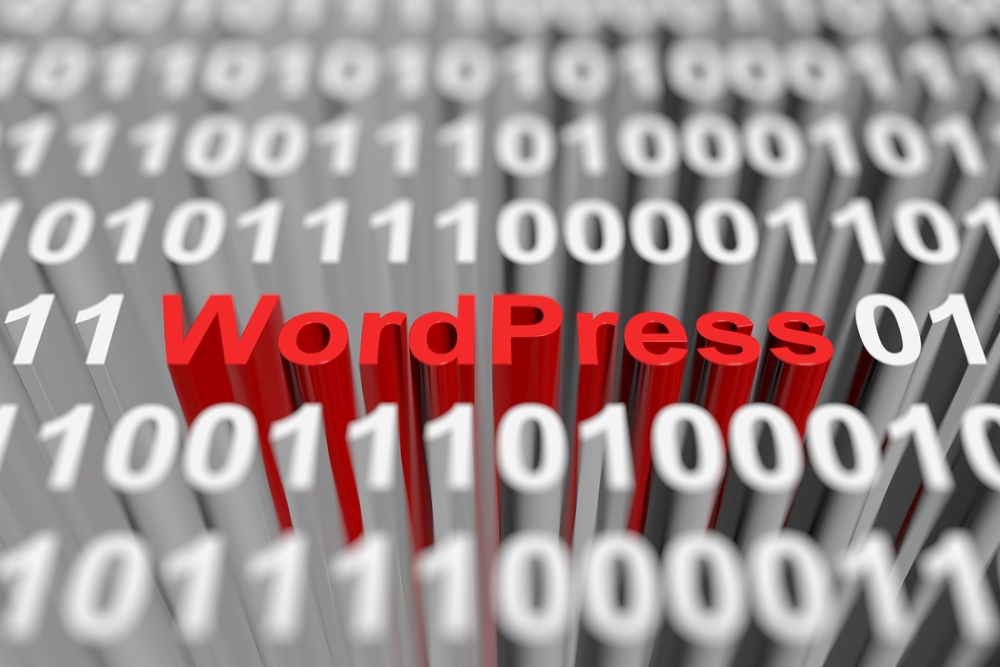
In today's digital age, blogging has become a powerful tool for individuals and businesses alike to share their thoughts, ideas, and expertise with the world. With millions of blog website weblog website on the internet covering a wide range of topics, it can be challenging to stand out and create compelling content that keeps readers coming back for more. However, with the right tips and tricks, you can unlock the power of blogging and create engaging content that resonates with your audience.
Here are some strategies to help you create captivating blog posts that will keep your readers engaged and coming back for more.
Know Your Audience
One of the most important tips for creating engaging blog content is knowing your audience. Before you start writing, take the time to research and understand who your target audience is. What are their interests, needs, weblog site and pain points? By knowing your audience, you can tailor your content to resonate with them and provide value that keeps them coming back for more.
Create Compelling Headlines
Your blog post's headline is the first thing readers will see, so make sure it is compelling and grabs their attention. A strong headline can make a huge difference in whether or not someone clicks on your blog post to read more. Use power words, numbers, and questions to pique curiosity and entice readers to click through.
Tell a Story
Humans are naturally drawn to stories, so incorporating storytelling into your blog posts can make them more engaging and memorable. Share personal anecdotes, case studies, or examples to make your content more relatable and resonate with your audience on a deeper level.
Use Visuals
Incorporating visuals such as images, infographics, and videos can make your blog posts more visually appealing and engaging. Visuals can help break up text, illustrate key points, and keep readers interested. Be sure to use high-quality visuals that are relevant to your content and enhance the overall reading experience.
Write in an Engaging Tone
The tone and voice you use in your blog posts can make a big difference in engaging your readers. Write in a conversational tone that is easy to read and relatable to your audience. Avoid overly formal language and jargon, and instead, write as if you are having a conversation with a friend.
Include a Call to Action
Every blog post should have a clear call to action that prompts readers to take the next step. Whether it's signing up for a newsletter, downloading a free resource, or leaving a comment, make sure to guide your readers on what action to take next. A strong call to action can help drive engagement and conversions on your blog.
Promote Your Blog Posts
Creating engaging content is only half blog the battle – you also need to promote your blog posts to reach a wider audience. Share your posts on social media, collaborate with other bloggers, and participate in online communities to drive traffic to your blog. The more eyes you can get on your content, the more engaging it will become.
Engage with Your Readers
Building a community around your blog is key to creating engaging content. Respond to comments, answer questions, blog site and engage with your readers on social media to foster a sense of connection and loyalty. By building relationships with your audience, you can create a more engaging and interactive blog that keeps readers coming back for more.
Experiment with Different Formats
Don't be afraid to experiment with different formats and styles of blog posts to keep things fresh and engaging. Mix up long-form articles with listicles, tutorials, videos, and interviews to provide variety and cater to different preferences. Pay attention to which formats perform best and tailor your content strategy accordingly.
Optimize for SEO
Last but not least, don't forget to optimize your blog posts for search engines to ensure they reach a wider audience. Use relevant keywords, meta descriptions, and alt text for images to help search engines index and rank your content. By optimizing for SEO, you can increase visibility and drive organic traffic to your blog.
In conclusion, creating engaging blog content takes time, effort, and creativity. By applying the tips and tricks outlined above, you can unlock the power of blogging and create content that captivates your audience and keeps them coming back for more.
Frequently Asked Questions
Q: How often should I post on my blog?
A: The frequency of your blog posts will depend on your goals and resources. Some bloggers post daily, while others post weekly or monthly. The key is to be consistent and provide value with each post.
Q: How long should my blog posts be?
A: There is no one-size-fits-all answer to this question, as the ideal length of a blog post will vary depending on the topic and audience. However, aim for at least 500 words to provide enough depth and value to your readers.
Q: Should I include images in my blog posts?
A: Yes, including images in your blog posts can make them more visually appealing and engaging. Be sure to use high-quality images that are relevant to your content and enhance the overall reading experience.
Q: How can I monetize my blog?
A: There are several ways to monetize your blog, including affiliate marketing, sponsored posts, selling digital products, and offering consulting services. Experiment with different revenue streams to see what works best for your blog.
Q: How can I measure the success of my blog?
A: Key metrics to track the success of your blog include traffic, engagement (comments, shares), conversion rates, and revenue. Use analytics tools to monitor these metrics and make data-driven decisions to improve your blog performance.
Other useful resources